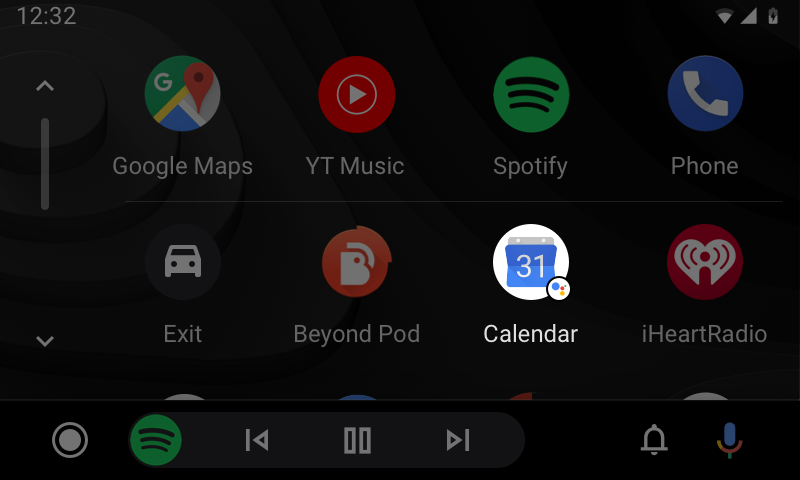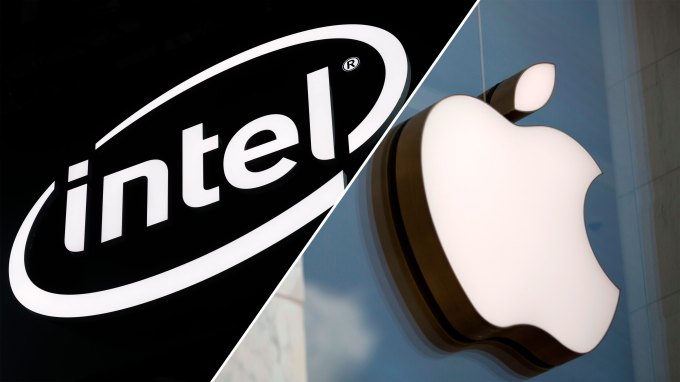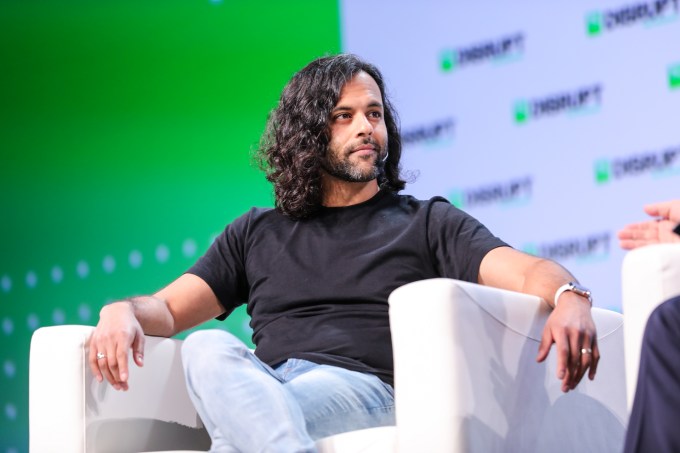Jason Palmer is a general partner at
New Markets Venture Partners. He previously served as deputy director for Higher Education at the Bill & Melinda Gates Foundation.
A few years ago, investors heralded the arrival of a future with robots in the home. Robots like Jibo, Anki’s Cozmo and Mayfield Robotics’ Kuri attracted buzz and hundreds of millions of dollars in venture capital. All three companies have since shut down, prompting Kidtech expert Robin Raskin to recently ask, “Has the sheen worn off the tech toy world?”
With the demise of these robots and their makers, it’s fair to wonder if and when there will be a time when robots have a real place in our lives. But some robots are finding a home in a counterintuitive place: schools.
Because for robots to succeed, they need to find an application that integrates with human needs — solving real problems — and sustains their use. At home, the current wave of robots may provide children with a few hours of entertainment before they are tossed aside like any other new toy.
In schools, however, robots are proving that they can serve a purpose, bridging the divide between the digital and physical worlds in ways that bring to life concepts like coding. Savvy teachers are finding that robots can help to bring project-based learning alive in ways that supports development of valuable critical thinking and problem-solving skills.
It would not be the first time that K-12 schools paved the way as early adopters of technology. Forty years ago, the Apple II was widely adopted in schools first, before desktop computers colonized the home. Laptops famously gained early momentum in schools, where their light weight and portability were tightly aligned with the rise of in-class interventions and digital content. Schools were also early adopters of tablets, which, despite a few high-profile failures, are now seemingly ubiquitous in K-12 classrooms.
The rise of robotics in K-12 schools has been buoyed by not just intrigue with the potential of new gadgets, but an increased focus on computer science education. Just a decade ago, only a few states allowed computer science to count toward STEM course requirements. Today, nearly every state allows computer science courses to fulfill core graduation requirements, and 17 states require that every high school offer computer science.
The growing importance of computer science at the high school level has, in turn, trickled down to elementary and middle schools, where teachers are turning to robots as an effective way to introduce students to states’ new K-12 computer science standards. In California, the state’s board of education now suggests that schools use robots to satisfy five of its standards.
Educators are recognizing the potential of robots, not as toys, but as powerful tools for learning.
From a design level, classroom robots are fundamentally different than those at home. Learning necessitates that — instead of bite-sized, shallow experiences, robots must provide experiences that have the depth and variety needed to keep students engaged over months and years. To succeed in the classroom, they must be accompanied by thoughtful curricular content that teachers can incorporate into their instruction. Because robots are relatively expensive, teachers need robots they can reliably use for a long time.
It’s a trend that hasn’t been lost on companies like littleBits and Sphero, which are quickly pivoting to focus on a K-12 market dominated by legacy players like Lego. Wonder Workshop robots, which gained popularity through retail channels like the Apple Store and Amazon, are now being used in more than 20,000 schools across the world. Although they currently penetrate just a fraction of the K-5 classrooms in the U.S., their success is not only drawing increased interest from investors, but fueling innovations that could have implications for pernicious equity gaps that still plague STEM classrooms — and high-tech fields.
While the toy industry has long marketed its products differently to boys and girls in ways that actually reinforce stereotypes through product design and advertising, robots designed for the classroom must appeal to all students. Earlier versions of Wonder Workshop’s Dash robot, for example, rolled around on visible wheels.
During its initial user studies, the company learned students equated wheeled robots with cars and trucks. In other words, they viewed Dash as something meant for boys. So, Wonder Workshop covered up Dash’s wheels. It worked. Today, nearly 50% of participants in the company’s Wonder League Robotics Competition are girls, with many of the winning teams each year being all-girl teams.
So while the national narrative often imagines a dystopian future where robots come for our jobs, classroom robots are actually helping teachers meet the needs of increasingly diverse classrooms. They are helping students improve their executive function, creativity and ability to communicate with others.
Educators are recognizing the potential of robots, not as toys, but as powerful tools for learning. And children as young as kindergarten are using robots to better and more quickly understand mathematical concepts. Students who have the opportunity to learn from — and with — robots in the classroom today may develop a generation of robots that can play a role in our lives well into the future. They will grow up not merely as consumers of technology, but creators of it.

from Apple – TechCrunch https://ift.tt/331cJrV









